Description
Pictorial Packet Herb Peppermint
Pictorial Packet Herb Peppermint contains seeds or information to grow Mentha x piperita, a vibrant and aromatic herb. Peppermint is known for its refreshing scent, cooling taste, and various uses in culinary delights and herbal remedies. With its vigorous growth, this herb thrives in moist, well-draining soil, preferring partial shade to full sun. Its leaves, when harvested, are perfect for teas, flavoring dishes, and offering medicinal properties, such as aiding digestion. Peppermint is an adaptable and versatile herb that adds both flavor and fragrance to your garden and culinary creations.
Cultivation Advice
- Plant peppermint in spring after the last frost date. It thrives in cool to warm climates and prefers partial shade to full sun.
- Choose a spot with moist, well-draining soil. Peppermint is an aggressive grower, so consider planting it in a container to contain its spread.
- Peppermint grows well in fertile, slightly acidic to neutral soil with a pH between 6.0 and 7.0. Incorporate organic matter like compost to enrich the soil.
- Ensure the soil remains consistently moist but not waterlogged.
- Start peppermint from seeds indoors or purchase young plants from a nursery. If planting seeds directly, sow them shallowly and cover lightly with soil.
- Transplant seedlings or nursery plants outdoors after the last frost.
- Peppermint prefers partial shade but can tolerate full sun. Ensure it receives around 4-6 hours of sunlight daily.
- Water regularly, keeping the soil consistently moist. Peppermint requires ample moisture but does not tolerate waterlogged conditions.
- Plant peppermint seedlings or plants about 18-24 inches apart to allow sufficient room for growth. Alternatively, if grown in containers, ensure they have enough space.
- Peppermint doesn’t typically need heavy feeding. A light application of balanced fertilizer or compost at planting time can be beneficial.
- Apply a layer of mulch around peppermint plants to retain soil moisture and suppress weed growth.
- Regularly remove weeds to prevent competition for nutrients.
- Prune peppermint regularly to encourage bushier growth and prevent it from becoming invasive. Pinch back the stems to promote lateral growth.
- Harvest peppermint leaves by snipping them as needed, leaving some foliage for continued growth.
- In colder climates, peppermint can die back in winter. Mulch around the base of the plants to protect the roots from freezing temperatures.
- Use fresh peppermint leaves in teas, salads, desserts, and as a garnish. Peppermint is also valued for its digestive and aromatic properties.
By following these steps and providing the right growing conditions—such as proper sunlight, well-draining soil, and regular watering—you can cultivate peppermint from a pictorial packet successfully. Adjust these guidelines based on your specific climate and gardening conditions for optimal growth

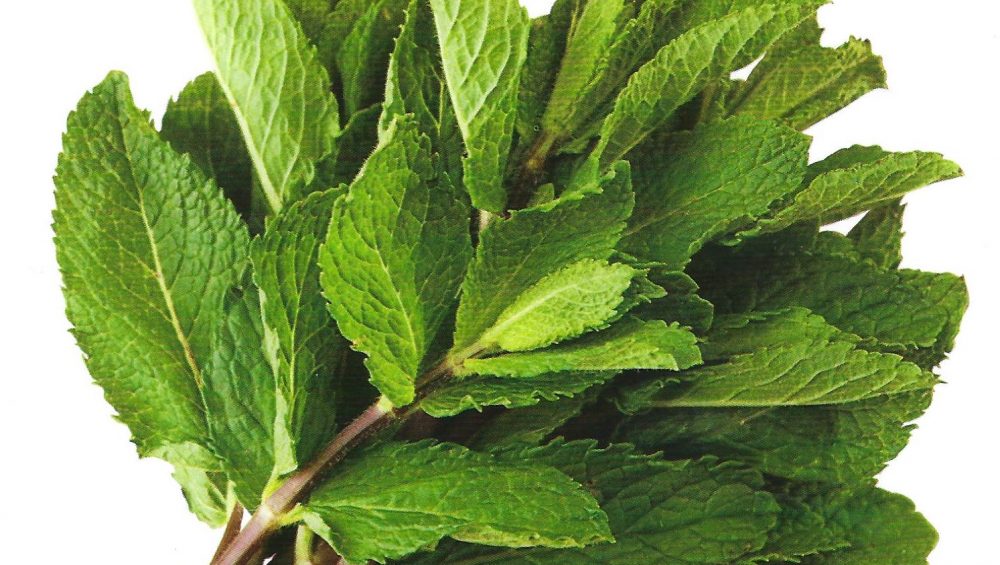
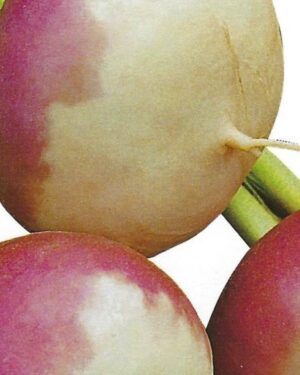
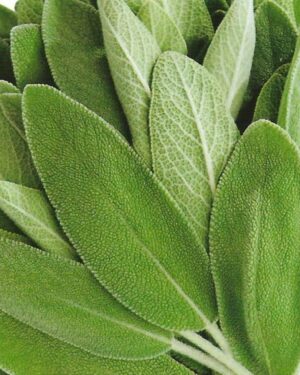
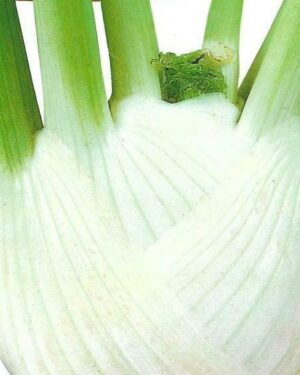
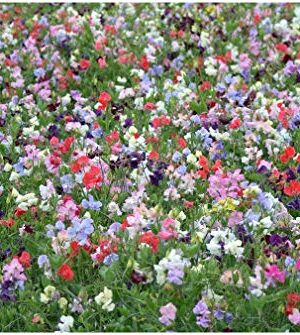

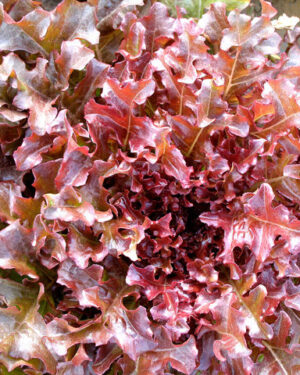

Reviews
There are no reviews yet.